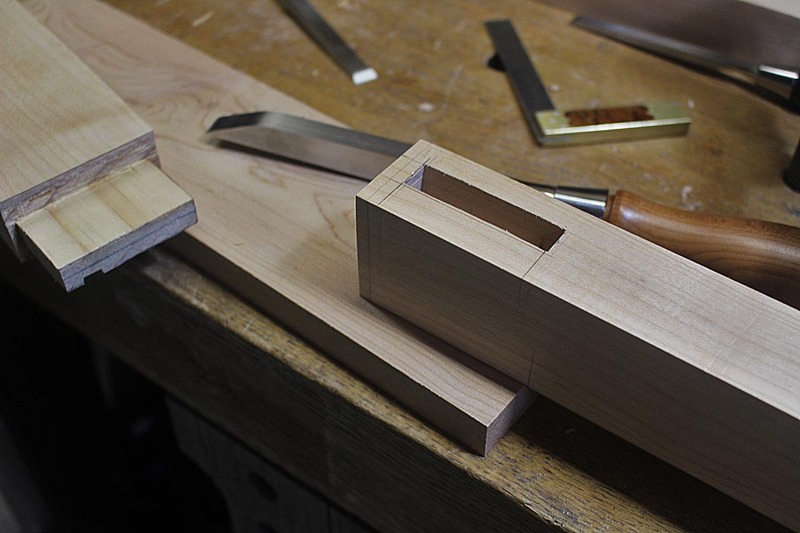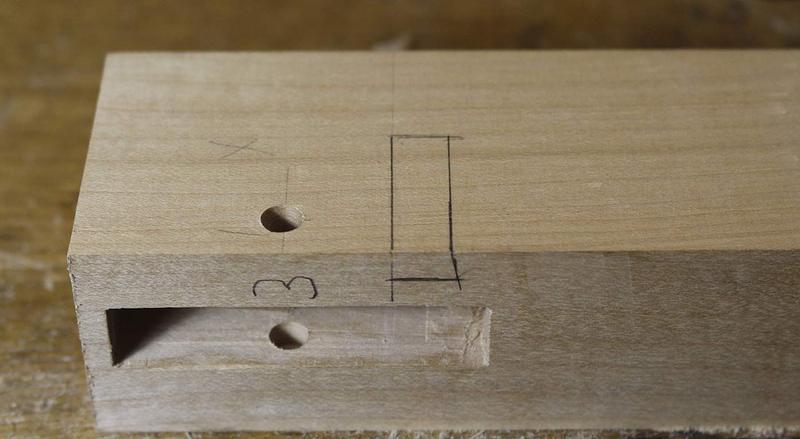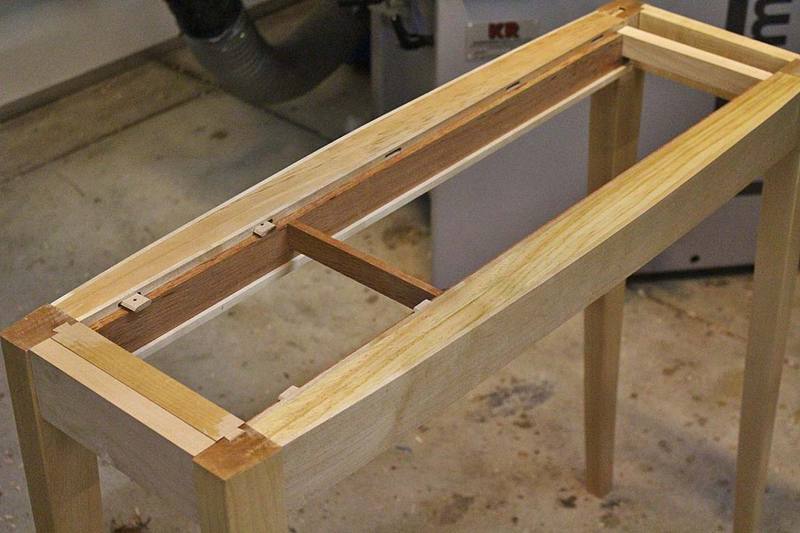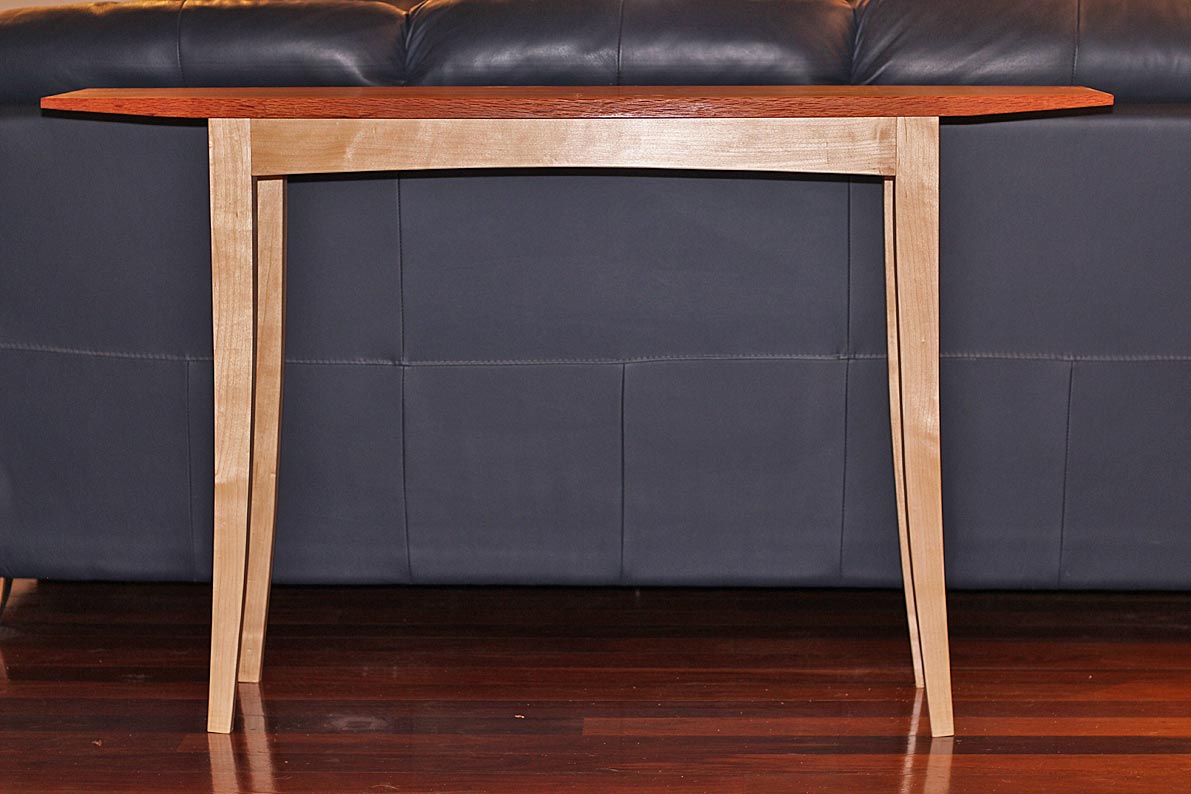A few months ago I made a small side table for my mother in law.
It was my chance to try something new for me: I used only sliding dovetail joints. The legs were connect by sliding dovetails plus glue. It looks me very strong, actually comparable to traditional M&T but way easier and faster to make. The table top was attached dry (no glue) thru tappered sliding dovetails.
I was wandering why I did not see similar work previously... all I found for similar project was M&T.
What do you think about sliding dovetail to replace some M&T? Do you have use tappered sliding dovetail for table top attachment? Do you have any experience with them to share?
F411767.jpg
Thanks in advance for your feedback.





 Reply With Quote
Reply With Quote

















